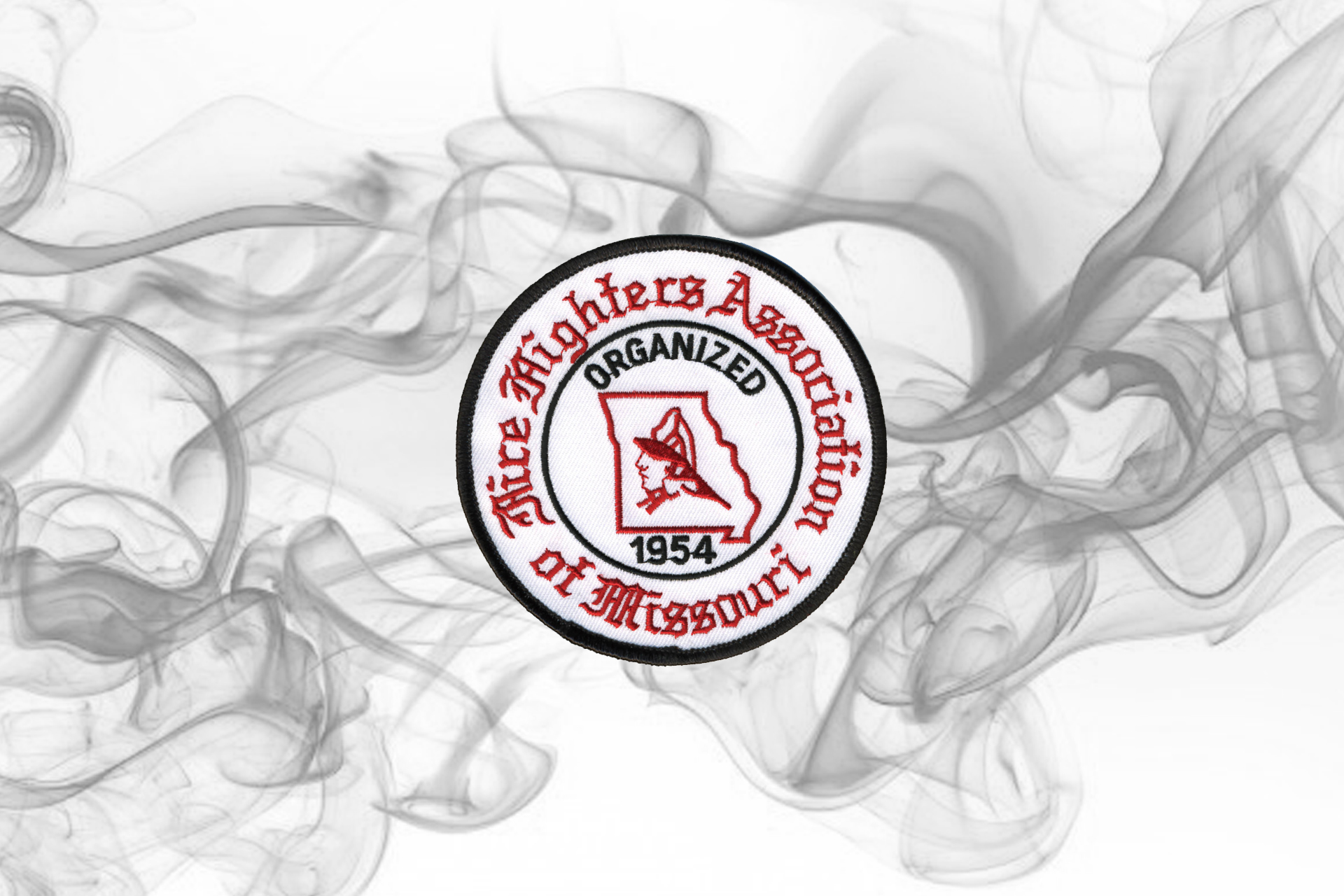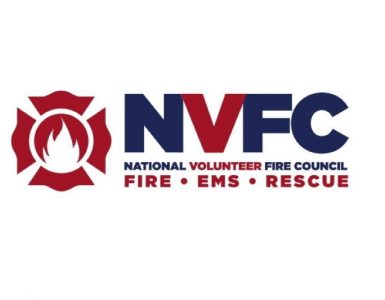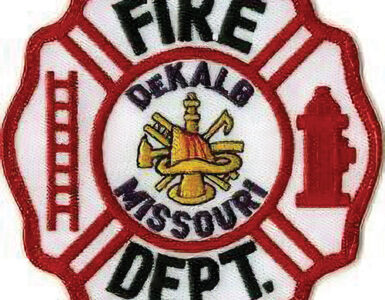Do you know who is listed on your life insurance? This may seem like an unusual question, but it is one that can have a bigger impact than you may believe.
When a public safety officer dies in the line of duty, the federal Public Safety Officer Benefits process has a very defined hierarchy of how the benefits will be paid, should the claim meet all of the requirements of the process. Understanding how this process works, and understanding which components you can and cannot change can be quite confusing. The two initial questions we need answered are: 1) Is the public safety officer legally married, and 2) does the public safety officer have any dependent children?
Dependent children, for federal benefits purposes, are defined as:
- 18 years of age and under
- Ages 19 – 22 and a full time student at the time of the public safety officer’s death
- Over the age of 18 and having a physical or mental disability that lends them dependent on the public safety officer
If the public safety officer was legally married at the time of their death, the spouse is entitled to 100% of the federal benefit, unless there are dependent child(ren).
If the public safety officer was legally married at the time of their death and had dependent child(ren), the spouse is entitled to 50% of the federal benefit, and the dependent children equally divide the other 50% of the benefit.
If the public safety officer was not legally married at the time of their death, but did have dependent children, the dependent children would equally divide 100% of the benefit.
If any of the above family demographics exist, you have no ability to direct the federal benefit.
If the public safety officer is not legally married and does not have any dependent children at the time of their death, we will then request to see if the officer has a Designation of Public Safety Officer Benefits form on file with the organization. This form allows the public safety officer to direct the federal benefit to be paid to the person(s) identified on the form. In order for the form to be valid, it must be copied onto agency letterhead, identify one or more human being beneficiaries (cannot be paid to a charity, trust or estate), signed and dated, and must be kept on file with the employing organization.
In the case where there is no PSOB beneficiary form on file, the next documentation that will be requested is the beneficiary form from the last duly executed life insurance policy on file with the organization. This does not have to be insurance provided by the employing organization. It could be insurance provided through a third party organization, as long as the beneficiary form is on file and it is the last duly executed life insurance policy, and the benefactor is a human being, the federal benefits would then be directed to the person(s) listed on that policy.
In the case where there is not a legal marriage, no dependent children, no PSOB beneficiary form, and no life insurance beneficiary form on file with the employing organization, the benefit would then be directed to surviving parent(s) of the public safety officer. In the absence of surviving parent(s), the benefit would then be directed to non-dependent children.
So, why is this important??? I can share with you that many people do not understand how the benefits process works. We have seen where life insurance beneficiary forms directed life insurance proceeds to a former fiancé or a former spouse. If the public safety officer does not make changes to their life insurance policy beneficiary, the benefit may (and has) been directed to a person who is no longer a part of the public safety officer’s life. Most public safety officers and employing agencies have no knowledge of the designation of Public Safety Officer Benefit form, and how that form can direct benefits under certain circumstances.
Please feel free to email us ( info@mofirefuneral.org) with any questions you may have related to the federal benefits process. You can find the PSOB beneficiary form on our funeral team website (remember all of the criteria that must be met to make the form valid) at www.mofirefuneral.org under the protocol and documents section. Do you know who is listed on your life insurance policy?

































